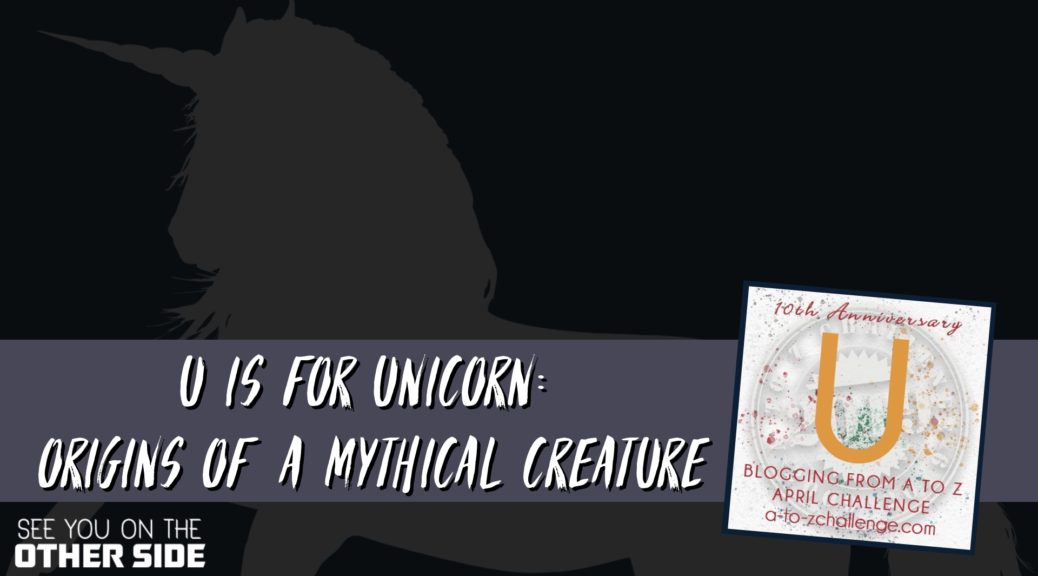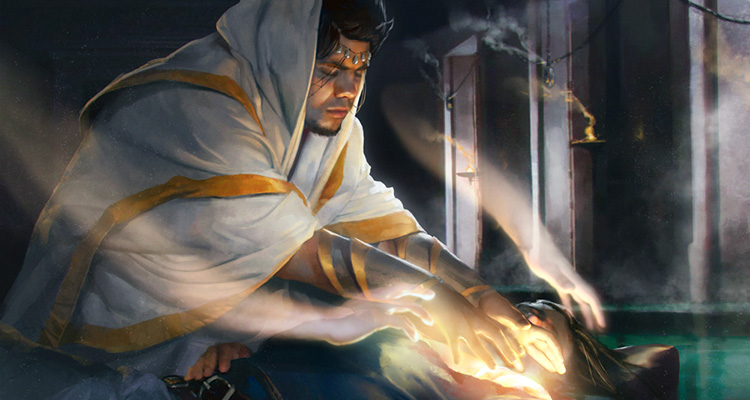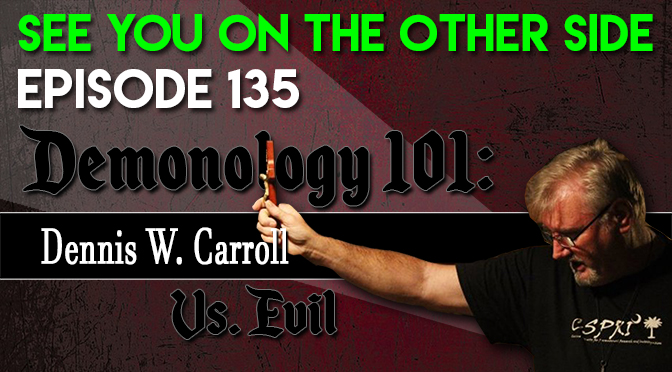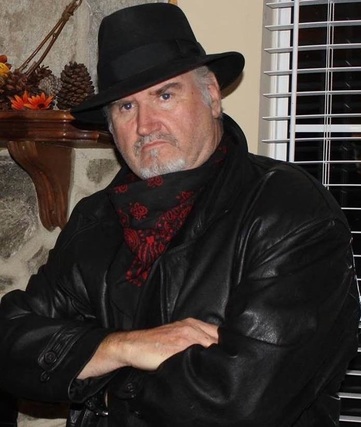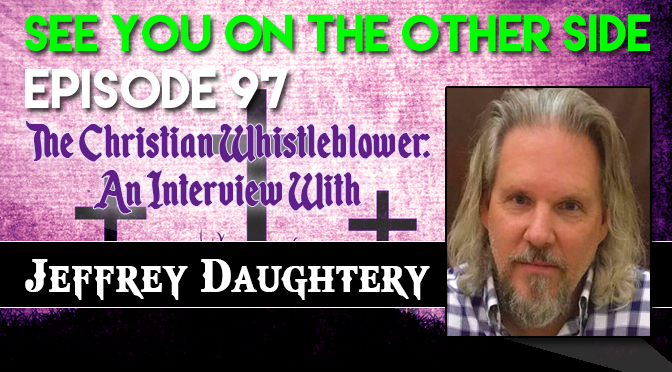Despite saving the human race, Noah often gets a bad rap when it comes to the Unicorn–people blame their absence in the world on him not bringing any aboard the ark. I think this is typically done in jest, particularly by folks that don’t believe in the account of the biblical Flood, or in unicorns. Rest assured, though, the Unicorn did survive the Flood and is even mentioned in later books of the Old Testament:
God brought them [Jews] out of Egypt; he hath as it were the strength of an unicorn.
Numbers 23:22
His glory is like the firstling of his bullock, and his horns are like the horns of unicorns: with them he shall push the people together to the ends of the earth: and they are the ten thousands of Ephraim, and they are the thousands of Manasseh.
Deuteronomy 33:17
Save me from the lion’s mouth: for thou hast heard me from the horns of the unicorns.
Psalms 22:21
It should be noted that these verses are from the King James Version of the Bible–most other translations use “Wild ox”, rather than “Unicorn”. This is even more interesting—why exactly do unicorns appear in the King James Bible?
King James’ bible translation began in 1604 and was completed by 1611. But by the time of the translations commissioning, Unicorns were well-known in Europe, appearing on heraldry, while the mythical creatures’ horns (alicorns) were sold and traded, used in scepters, thrones, and ground up for medicinal purposes. Unicorns predate the King James bible by centuries–but just how far?
Pliny, the Greek philosopher, wrote about the Unicorn: “The unicorn is the fiercest animal, and it is said that it is impossible to capture one alive. It has the body of a horse, the head of a stag, the feet of an elephant, the tail of a boar, and a single black horn three feet long in the middle of its forehead. Its cry is a deep bellow.”
In the 7th Century, the scholar Isidore of Seville described the unicorn as “very strong and pierces anything it attacks. It fights with elephants and kills them by wounding them in the belly.” He further went on to add that “The unicorn is too strong to be caught by hunters, except by a trick: If a virgin girl is placed in front of a unicorn and she bares her breast to it, all of its fierceness will cease and it will lay its head on her bosom, and thus quieted is easily caught.”
Pierces an elephant in the belly… feet like an elephant. Wait a minute…
Pop culture is not alone in its depiction of the unicorn as a sleek equine. But what if there is a more grounded reality for the creature? What if Unicorns were not only real, but considerably different than the artistic expressions usually made by people who had never seen one? What if… the unicorn is a rhinoceros?
The Indian rhinoceros (Rhinoceros unicornis) is a mono-horned version of the animal so often found in zoos today. It sports a single, white horn on its nose, rather than its forehead. And around the time Pliny described the “unicorn” in his writings, the Greeks were venturing into the Indian Rhino’s native lands…
At this point, you might be thinking “wasn’t the unicorn seen around the world—not just in India?” Well, yes and no. One-horned creatures have been described around the world, not just by the Greeks and Europeans. But that doesn’t mean they were the horny equines so often described. Other creatures can have single horns.
In 2008, a one year old deer was discovered near Florence, Italy with only one horn—believed to be a genetic defect, as it’s twin had two horns. Could historical unicorns be mutants?
What about the fossil record? Were there ever any unicorns? As it turns out, there was once something more rhino-like, but with a more traditional mono unicorn horn in what is today Siberia: the Elasmotherium sibiricu. Co-existing with the mammoth, it’s entirely possible carcasses of these creatures were once found and described–or maybe they survived into the modern era, as some claim the Mammoth has?
And what about those unicorn horns? Where did they come from? They came from Vikings, who were accomplished sailors who often journeyed into the seas of the Narwhal, another one-horned creature that remained generally unknown until the 16th Century, allowing the trade in faux alicorns to spread far and wide, with specimens even presented to Popes and some horns remaining on display in museums into the modern era.
Whether they were mutants, monsters or just misunderstood, one thing is certain, the folklore of the unicorns will probably outlive the endangered Rhinoceros it was most likely inspired by.
